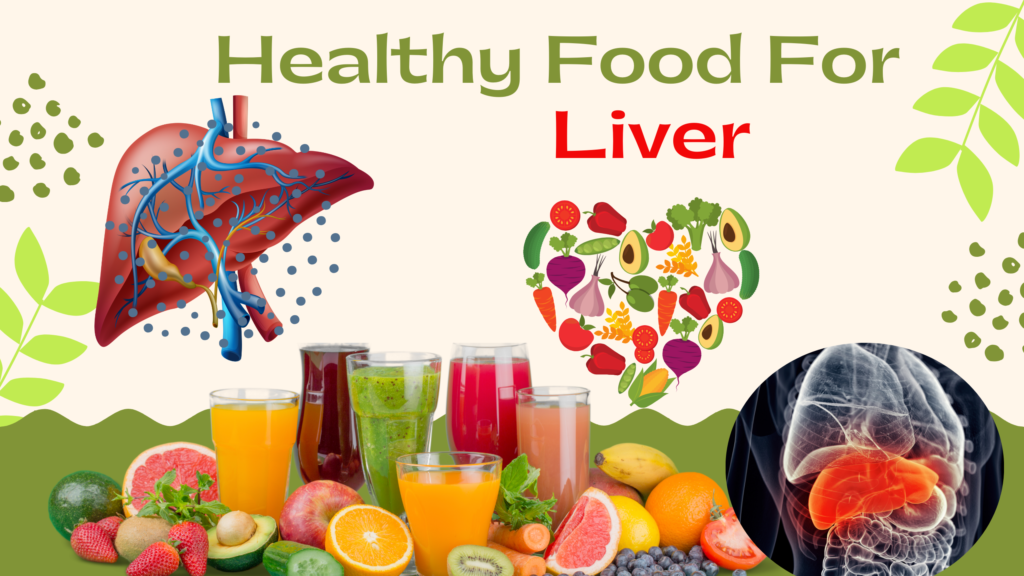Drinking alcohol is a widespread routine across the globe, and is often associated with celebrations, socializing and even relaxing. However, the negative effects of alcohol consumption on the liver, which is one of the most vital organs in the body are significant and could cause serious health issues. The liver is accountable in the process of metabolizing alcohol. However, drinking excessively and for long periods of time can impair its abilities which can lead to a wide range of liver-related diseases. Knowing these effects is vital to making educated decisions regarding drinking alcohol and improving the health of your liver.

The Liver’s Role in Metabolizing Alcohol
The liver plays a key part in the detoxification of the body, by the process of metabolizing alcohol. Once alcohol enters bloodstream, it’s transported to the liver where enzymes like alcohol dehydrogenase (ADH) and aldehyde dehydrogenase (ALDH) break it down into acetaldehyde the acetate that transforms into the gases carbon dioxide as well as water. This process aids in eliminating all alcohol in the human body. The liver, however, can only process a limited amount of alcohol in an hour, roughly equivalent to one drink. If the consumption of alcohol exceeds the capacity of the liver and causes ingestion of toxic substances, and, in turn, damage to the liver.
Fatty Liver Disease (Steatosis)
The first stage of liver disease caused by alcohol includes fatty liver diseases, also known as Hepatic Steatosis. The condition is caused by excessive drinking causes the accumulation of fat within liver cells. The condition is usually evident and is reversible after the abstinence of alcohol. But, if drinking continues, the disease could develop into more severe forms in liver illness.
Alcoholic Hepatitis
The first stage of liver disease caused by alcohol is fat Alcoholic Hepatitis is an inflammation condition of the liver that is caused by excessive drinking. The signs of alcoholic liver disease include jaundice (yellowing of the eyes and skin) as well as abdominal pain, nausea vomiting, fever, and nausea. The condition may vary in severity, from moderate to life-threatening. Alcohol abuse over time can cause chronic inflammation that can cause severe liver damage. In extreme cases, alcoholic Hepatitis may cause liver failure, which may require hospitalization
Cirrhosis
Cirrhosis is the last and most serious stage of liver disease caused by alcohol. It is characterised by irreparable scarring the liver’s tissue. When liver cells become damaged and die and replaced with fibrous tissue, which hinders the liver’s capacity to function as it should. The signs of cirrhosis are weakness, fatigue, bruises, itching and the accumulation of fluid within the abdominal cavity (ascites). Cirrhosis can also increase the chance for developing the liver cancer (hepatocellular cancer).
Cirrhosis can cause complications like portal hypertension (increased blood pressure in the portal vein) and variceal bleeding (bleeding from swollen veins within the stomach or esophagus) as well as hepatic cerebrovascular disease (a decrease in brain function resulting from problems with the liver). When cirrhosis is diagnosed the damage can be permanent and treatment is focused on controlling symptoms and preventing further progress.
Risk Factors and Mechanisms
It is not the case that everyone who drinks heavily is prone to liver disease, suggesting that environmental, genetic and life-style factors can play a part. Genetic predispositions, like variations in the enzymes used to process alcohol, may influence an individual’s vulnerability to damage to the liver. Furthermore, other factors like weight, diet gender, gender, and other liver diseases (e.g. the hepatitis B and C) could affect the severity and risk of liver damage caused by alcohol.
Prevention and Management
The most efficient way to protect yourself from liver damage caused by alcohol is to cut down on the consumption of alcohol. If you decide to drink, following the guidelines to drink moderately is crucial. According to the Centers for Disease Control and Prevention (CDC) defines moderate drinking as having up to one drink each day for women, and two drinks a day for men. Anyone with a history liver disease or other risk factors must be avoiding alcohol entirely.
For those who are diagnosed with liver diseases caused by alcohol the cessation of drinking alcohol is essential to stop development of the disease. Treatment for medical conditions may include medication to control the symptoms and complications, nutritional treatment as well as lifestyle modifications including a healthier diet and regularly engaging in exercise. In the case of severe liver problems, transplantation could be required.
Conclusion
The negative effects of alcohol consumption to the liver is numerous and be a source of reversible issues like fatty liver diseases to life-threatening and severe conditions like cirrhosis or liver cancer. Knowing the effects of alcohol on the health of your liver is crucial to make an informed decision about drinking alcohol. Through taking prevention measures as well as seeking out early intervention, individuals can help protect their liver and ensure overall health.